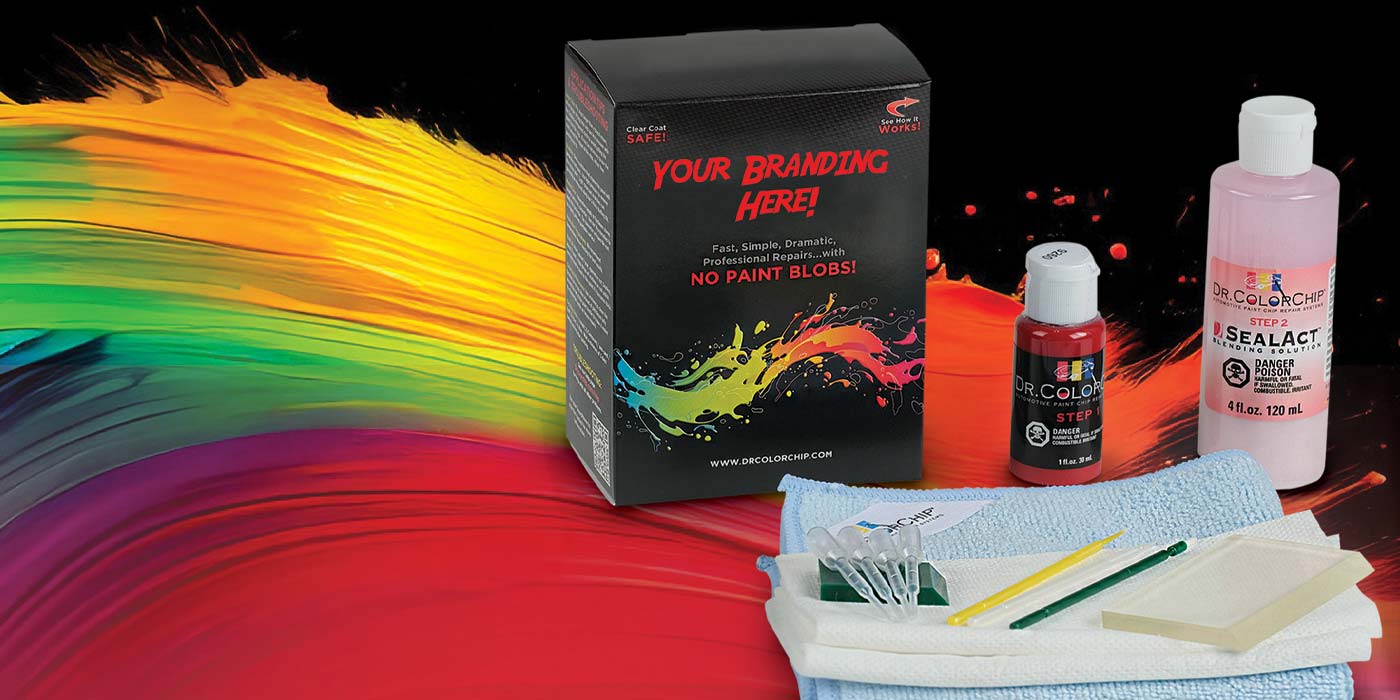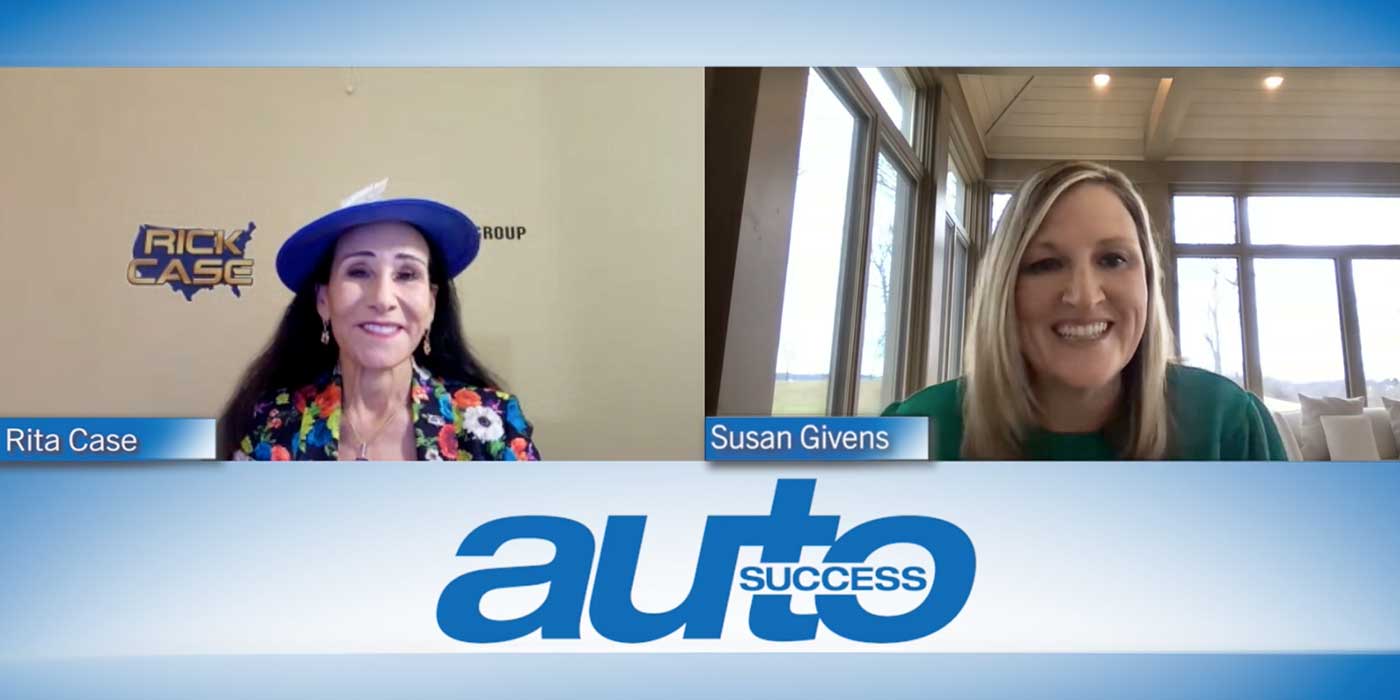7 Steps to Turn Employee Potential Into Performance
Imagine on Monday, you discover that your meticulous, rule-following accountant and creative, eccentric marketing person have switched positions. How’s this likely to work out? Some variation of this misalignment is actually common in most organizations.
Business leaders often say that 80% of the work is done by only 20% of the workforce and those 20% are the top performers. They usually produce three to four times more than the others. The main reason is due to job alignment rather than attitude or drive. Here’s evidence: it’s common for top performers to be moved or promoted and then become poor performers. Likewise, many poor performers become top performers when moved to appropriate roles. Bottom line: everyone can be a top or poor performer depending on how well the work aligns with their innate characteristics.
How do you deliberately create an organization where people’s work is aligned with their innate characteristics (abilities)? Here’s an overview of a proven process.
1. Shift your mindset from focusing on skills, experience and education to innate characteristics first.
It’s common for people who are “great on paper” to get hired and become poor performers. In that same vein, many top performers started off lacking in the “required” skills experience and education. Also, the best training and management will not turn poorly aligned employees into top performers.
2. Select the right assessment tool.
Many organizations use personality assessments in the hope of gaining more objective information about people to set them up for success. However, the results are usually disappointing due to four inherent pitfalls:
a. Personality is mostly surface-level, observable behaviors; not what’s underneath, driving these behaviors. The drivers of behavior are more accurate, predictive and stable.
b. Assessment-takers usually provide different answers based on which of the following they consider: how they actually see themselves, how they believe others see them and how they want to see themselves.
c. Assessment-takers use a specific context or situation to answer the questions. For example, answers to questions related to “extroversion” may vary depending on context differences: small vs. large groups, familiar vs. unfamiliar people, level of interest in the topic of conversation, etc.
d. If an assessment is used for a job application, the applicant often has an opinion on what traits the employer is looking for and skews the answers accordingly.
What’s a better option? Select an assessment that delves beneath the personality into what is more core or innate with people. This eliminates the biases of personality assessments and provides more valid and reliable data.
3. Establish trust with your employees.
Inform your employees about the company’s commitment to align their work with their natural gifts. People want to do work they’re good at and enjoy.
4. Develop an understanding of the innate characteristics being measured.
It’s essential to understand how an employee’s innate characteristics impact the way they think and behave. You can identify which characteristics are needed for different types of positions within your organization.
5. Develop clarity on the job duty break-down.
It’s important to know what people will do on a day-to-day basis in each job. The hiring team needs to know the percentage of time spent performing each job responsibility and group together duties that are similar in nature.
6. Determine which innate characteristics are critical and where they need to measure.
The hiring team should determine which innate characteristic is critical for each job duty group and agree on the desired range for each characteristic. For example, on a 1-10 scale the range for creative thinking should be between 7 and 9.
7. Administer assessment and align employees with job functions.
Assess both current employees and potential new hires and compare to the desired ranges and take action based on how strong the level of alignment is.
How are you doing in your most important task?
Brad Wolff














